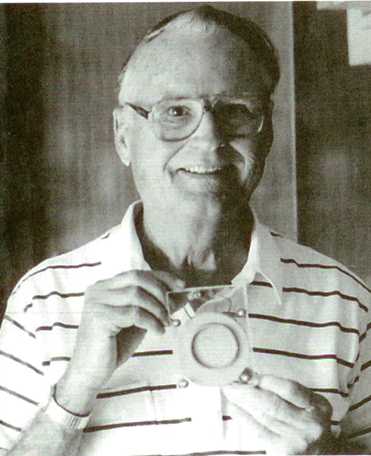Year: 2003
Astrophysicists have determined that our universe containing all of the observed galaxies, their stars and planets, is composed of two-thirds vacuum energy and one-third material energy. This vacuum energy is free, is available everywhere and is non-polluting. It is constantly exchanging energy with solid subatomic particles such as electrons and quarks. Quarks are sub-atomic particles that make up protons and neutrons. Vacuum energy is responsible for inertia and gravitation. The purpose of the research described in this paper has been to develop a low-cost, solid-state method for extracting useful electric power from the vacuum. It is based on the acceleration of a charge of electrons. The act of acceleration of these tiny but very dense particles allows them to collect kinetic energy from the vacuum, and that energy, in turn, may be discharged at a separate location and do useful work.
The purpose of this article is to explain in general terms how the method works. It is intended to give the uninformed reader some appreciation about how abundant electric power can soon be made available to everyone in the world?even the one-third of the population who do not have it today. Some details are withheld and will be included in a patent application to be filed later. A serendipitous break-through occurred on October 1, 2000, and resulted in a better understanding of the method, as well as a doubling of yields.


